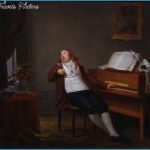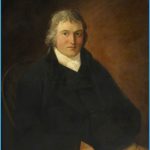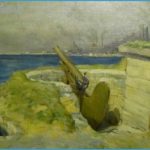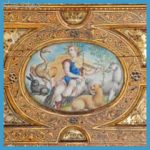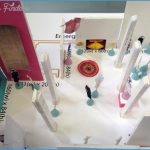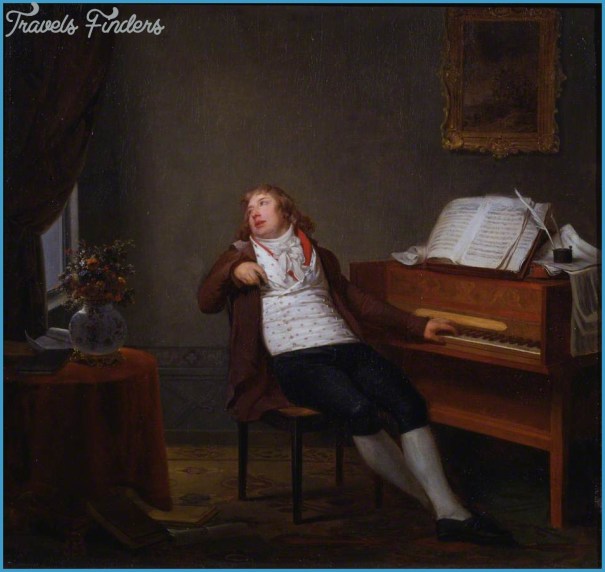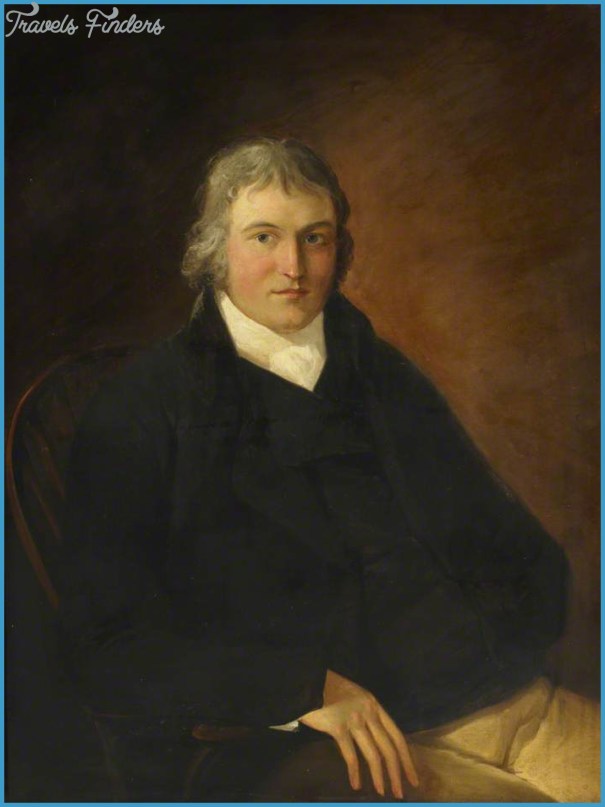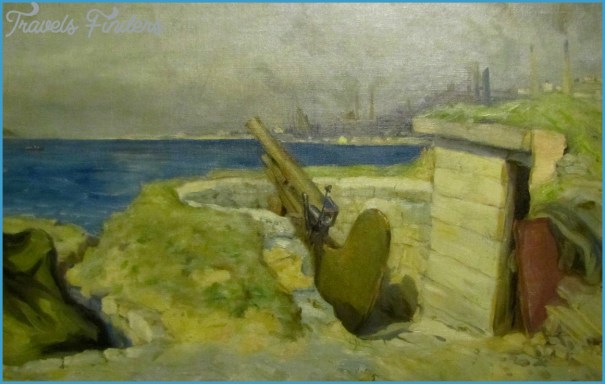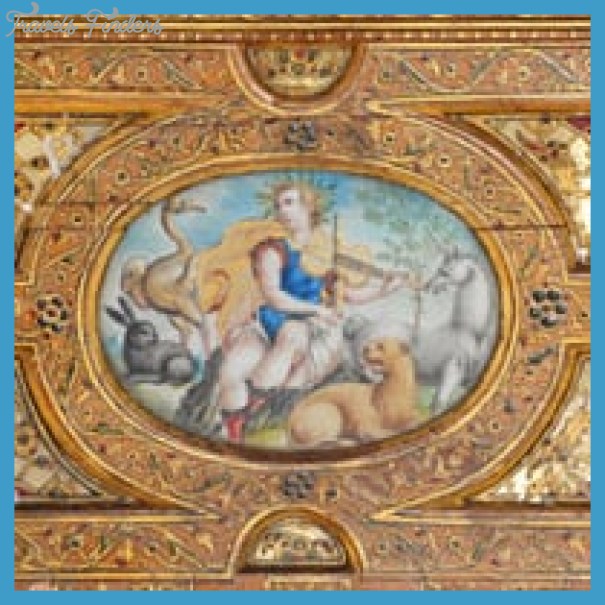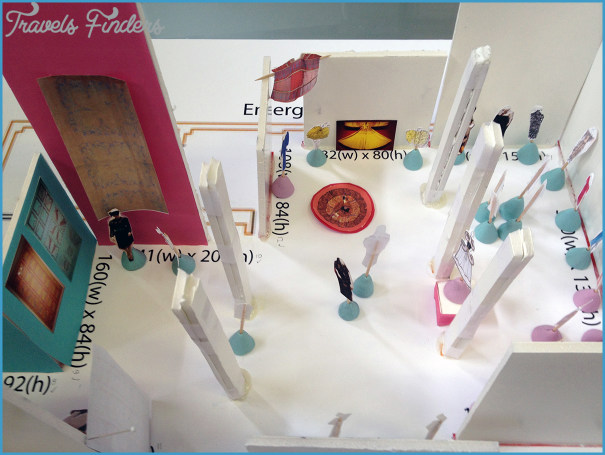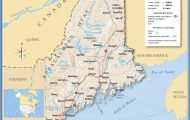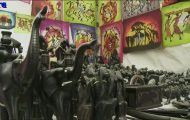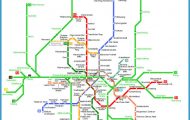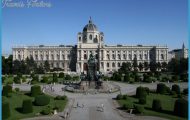DUSSEK MUSEUM
One of the great pianist-composers of his age, Jan Ladislav Dussek (or Dusik, in its original Czech spelling) had a truly international career: as a young man he played in the Low Countries, Russia and Lithuania, and the bulk of his life was spent in Paris, with periods in London and Berlin. He died in Paris in 1812. Dussek is affectionately commemorated in his native town, Caslav, some 80 km south-east of Prague, where he was born in 1760. There is a street named after him, the ulica Dusikova, in which stands the local theatre, built in 1869 and also bearing his name, and at the top of it is the town square, in which the house of his birth (now a textile shop) is marked by a plaque.
The local museum, the Mestske Muzeum (Caslav, is the headquarters of the Dusikflv Ustav (the Dussek Institute), which has assembled a collection of Dussek materials and occasionally mounts exhibitions based on it. But since 2000 the museum has set up a series of galleries at a former military building not far away which also houses the local primary music school (Zakladni Umelecka Skola J.L. Dusika). One of them is devoted to Dussek. This is dominated, as indeed was Dussek’s life, by pianos and suchlike instruments. There are examples of every type that he is likely to have played, from a clavichord and a tiny table piano through a large square to a grand fortepiano, and in addition a glass harmonica and a lady’s harp; his mother, his wife and his daughter were all harpists (the last two were also composers), and he himself wrote sensitively for the instrument.
DUSSEK MUSEUM Photo Gallery
There are also a dozen display cases, designed to give a picture of Dussek and his Times’. Two show a chronological succession of portraits (the lithe youth turning into a man too obese to leave his bed); others record the main events of his roving, adventurous life, the activities of his family (several other members were noted musicians), the traces of him in (Caslav and his native town’s commemoration of him, his role as inventor of musical novelties (as glass harmonica player), his output as a composer and his particular style of piano playing – he was noted for his discriminating use of the pedals. The Dussek Institute’s foundation (in 1940) and activities are recorded too. There are a plaster bust and some oil paintings of the period. Although there is not much primary material the display gives a clear and neatly devised account of Caslav’s most distinguished musical son and his world.
Caslav did in fact have another musical son, Jan Vaclav Stich (1746-1803: better known as Johann Wenzel Stich, or by his translated name, Giovanni Pun to); he was a composer but was famed as the leading horn player of his day, and Mozart and Beethoven both composed for him. He and Dussek played together in Caslav in 1802. He was born at the nearby village of Zehusice, where his house bears a plaque. The museum possesses engravings of him.

